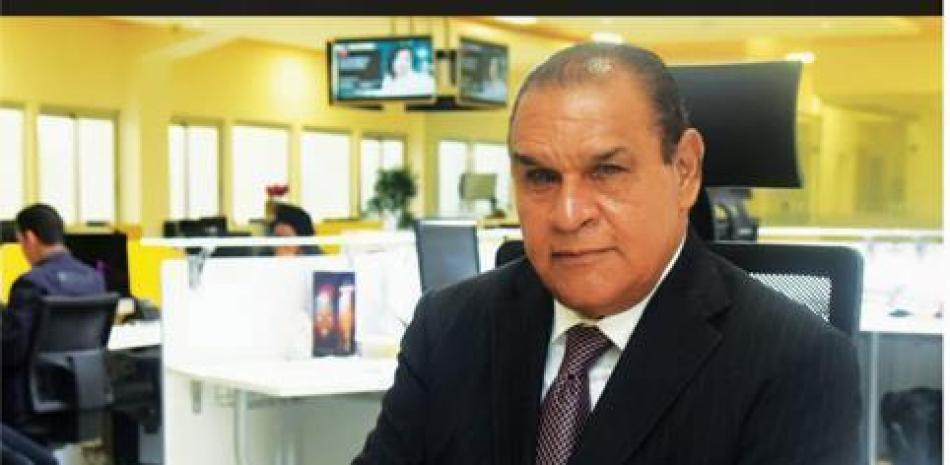REFLEXIONES DEL DIRECTOR
Las redacciones también se transforman

(Ecos de la SIP-Connect 2019)
Con el predominio que han logrado las noticias online, las redacciones tradicionales han tenido que cambiar sus organigramas para poder funcionar como una estructura que sirve noticias en distintas plataformas a la vez, no solo en el impreso, como ocurrió durante décadas.
Ahora se configuran con distintas mesas, siendo el esquema más práctico el que funciona en base a tres: una digital, otra de monitoreo de audiencias y otra para el impreso, sombrillas a su vez de otras unidades que trabajan colateralmente, como la de procesamiento de datos, la de produccion de audiovisuales y la de mercadeo y ventas.
La apuesta por lo digital ha hecho, entonces, que se revierta el modelo de logística para la planificación, búsqueda y preparación de contenidos que funcionaba años atrás con las pautas que se marcaban para el diario impreso, con horarios totalmente diferenciados.
Uno de los ejemplos de transformación es el que ha hecho la redacción del centenario diario La Nación, de Argentina. Su jefe de contenidos digitales, Gaston Roitberg, expositor en la Quinta Conferencia Tecnológica SIP-Connect 2019, explicó cómo se movieron recursos, horarios y personal humano para llegar a este modelo.
El primer turno de apertura está a cargo del equipo digital para actualizar las noticias del día. A las 7:30 se reúnen los delegados de la parte editorial,de fotografía y de redes sociales y deciden los temas de apuestas. Al mediodía, en una reunión más amplia, se pasa revista al desenvolvimiento, se analizan las métricas de audiencia para determinar que es lo que más está interesando al público y dos horas más adelante se toman las decisiones sobre los contenidos del diario impreso, en función de esos hallazgos, y a las 6 de la tarde se aprueban las jerarquías noticiosas y los contenidos que van.
La mesa central principal, que es la digital, opera con jefes de apertura y cierre, con el encargado de noticias audiovisuales y los responsables del impreso, asistidos por los responsables de noticias de radio y televisión y el de productos especiales.
Los reporteros tienen que trabajar para las distintas plataformas. Sus noticias van a todos los formatos, con sus correspondientes características. Tienen que sacarle todo el jugo a un acontecimiento y servirlo en distintos “envases”, según los públicos previsibles a los que irán destinados.
De ningún modo este esquema conlleva una subordinación total del impreso a lo que dictan las audiencias,porque ahora se trabaja con una planificación más cuidadosa de los reportajes, análisis,trabajos de investigación y entrevistas que saldrán en el impreso como un contenido exclusivo o especial, que buscan los suscriptores de pago.
Como La Nación se ha ganado un nicho importante y rentable con sus series de podcast e historias de video, la unidad responsable es, en los hechos, un canal de radio y televisión, con las tecnologías apropiadas.
Traducción al inglés
The newsrooms are also transformed
(Echoes of SIP-Connect 2019)
With the predominance that online news have achieved, traditional newsrooms have found themselves changing their schemes in order to function as a structure that serves news on different platforms at the same time, not just printed news, as it was for decades.
Now they are configured with the most practical space layout that works on the basis of three subcategories: one is for digital, another for monitoring audiences and another for the newspaper, all of which, at the same time, are the shadowing umbrellas of other smaller units that work collaterally, such as the processing of data, audiovisual production and marketing and sales.
The commitment to the digital sphere has in fact reversed the logistics model for the seeking, planning and preparation of content, which worked years ago with the guidelines that were set for the printed newspaper.
One of the examples of this transformation is the one that the centenary newspaper La Nacion, from Argentina, has undergone. Its head of digital content, Gaston Roitberg, exhibitor at the fifth SIP-Connect Technology Conference 2019, explained how resources, schedules and human personnel had to drastically change to reach this model.
The first opening shift is in charge of the digital team to update the news of the day. At 7:30 in the morning, the delegates of the editorial, photography and social networks meet and decide the priority contents. At noon, in a larger meeting, the development is reviewed, audience metrics are analyzed to determine what is most intriguing to the public, then two hours later decisions are made on the contents of the newspaper, all depending on of these findings first, and finally, at dusk, are decided the news hierarchies and the contents that are approved for the next day.
The main table, which is the digital one, operates with two editors in charge for the opening and closing, with another one in charge of audiovisual news.
Reporters have to work for different platforms. The news go in all formats, with their corresponding characteristics. They have to get all the juice out of an event to then serve it under different “packages”, according to the predictable audiences to whom they're served to.
In no way does this scheme imply a total subordination of the newspaper to what the audiences dictate, because now we're working with a more careful planning of the reports, analyzes, research papers and interviews that will appear on the newspapers as exclusive or special contents, looking to harvest paying subscribers.
As La Nacion has gained an important and profitable niche with its podcast series and video stories, the unit has, indeed, turned into a radio and television channel, with appropriate and up to standard technological advances.


